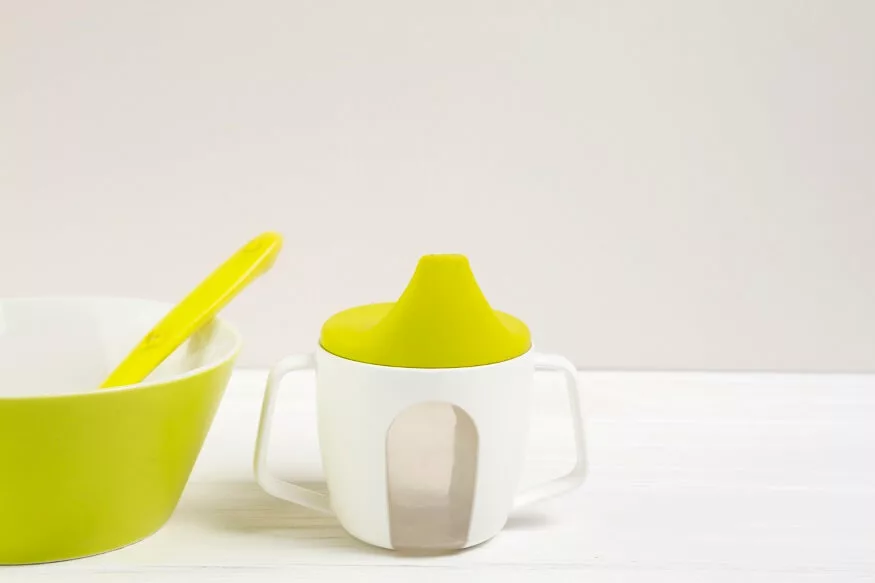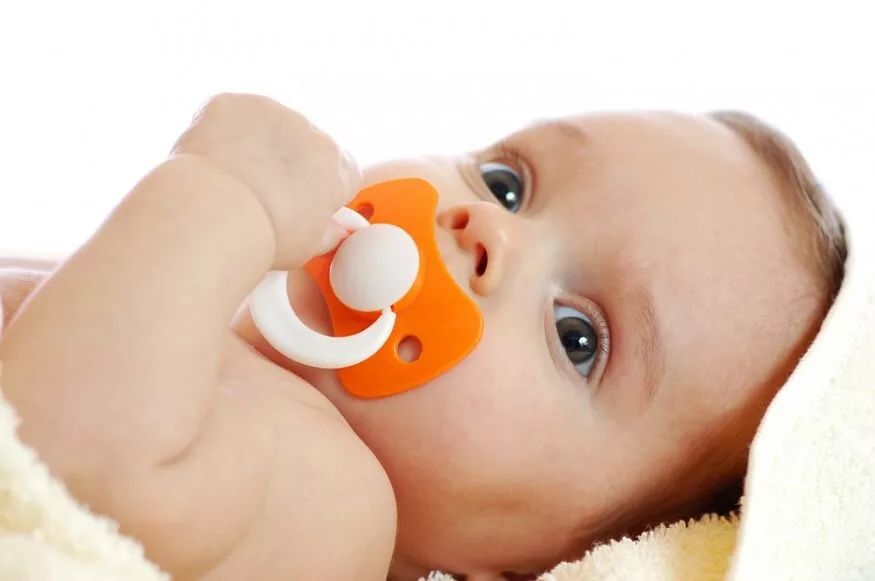As parents, navigating the myriad of choices for your child’s essentials can be both exciting and overwhelming. One essential item that often finds its way into the arsenal of parenting tools is the trusty sippy cup. But with the plethora of options available, how do you choose the right one for your little one? In this guide, we’ll explore the world of infant sippy cups, discussing what they are, the various types available, when to introduce them to your child, and how to make the right choice for your little sipper.
What is a Sippy Cup?
A sippy cup, also known as a training cup or beaker, is a spill-proof drinking vessel designed for infants and toddlers who are transitioning from breastfeeding or bottle-feeding to drinking from a regular cup. These cups typically have a spout or straw, allowing children to drink with more independence while minimising spills.
Types of Sippy Cups
When it comes to sippy cups, there is no one-size-fits-all solution. Different types cater to various needs and preferences. Here are some common types of sippy cups available in the market:
- Spout Sippy Cups:
- Straw Sippy Cups:
- 360-Degree Sippy Cups:
- Insulated Sippy Cups:
- Transition Sippy Cups:
These cups have a spout similar to a baby bottle, providing a familiar feel for infants transitioning from bottles. They are suitable for younger toddlers who may not be ready for a straw.
Featuring a straw-like spout, these cups encourage a more mature sucking motion. Straw cups are often preferred by parents who want to promote oral development in their toddlers.
These innovative cups allow toddlers to drink from any edge, providing a more natural drinking experience without a spout or straw. They aim to mimic drinking from an open cup, promoting proper oral development.
Designed to keep drinks cool or warm for a more extended period, these cups are ideal for parents who want to ensure their child’s beverage remains at the desired temperature.
Equipped with removable parts, transition cups allow parents to convert them from a spout to a straw, accommodating the changing preferences and developmental stages of a growing child.
Also Read: The Importance of Acknowledging and Embracing Your Toddler’s Strong Emotions
When to Introduce the Sippy Cup
The timing of introducing a sippy cup to your child is a significant aspect of their developmental journey. It’s a transitional step that usually occurs between 6 to 9 months, although individual readiness varies. Signs of readiness include showing interest in what adults are drinking, demonstrating improved motor skills, and the ability to sit unassisted.
Recognising these cues enables parents to introduce the sippy cup at an opportune moment, fostering a smooth transition from bottle or breast to a more independent and age-appropriate method of hydration. It’s crucial to be attuned to your child’s unique signals and embrace this milestone when they display curiosity and the physical capabilities needed for this developmental leap.
How to Introduce the Sippy Cup for Kids
Introducing the sippy cup to your child is a milestone. Learn the gentle steps and tips for a smooth transition.
- Gradual Transition:
- Model Drinking:
- Choose the Right Time:
- Experiment with Different Types:
- Be Patient:
Start by offering water or a small amount of breast milk or formula in the sippy cup during mealtimes or snack times. This allows your child to associate the cup with positive experiences.
Children often learn by imitation. Take sips from your own cup and express joy or satisfaction, encouraging your child to mimic your actions.
Avoid introducing the sippy cup during stressful or rushed moments. Pick a calm and relaxed time when your child is more receptive to trying new things.
Be open to trying different types of sippy cups to see which one your child prefers. Some children may take to a straw, while others prefer the familiarity of a spout.
Transitioning to a sippy cup is a learning process for your child. Expect some spills and messes initially, and be patient as your little one learns to master the new skill of sipping independently.
Also Read: Things to look out for best Baby Wipes for All Skin Types
How to Choose the Right Sippy Cup
With the myriad of options available, selecting the right sippy cup for your child may seem daunting. Here are essential factors to consider when making your choice:
- Material:
- Ease of Cleaning:
- Spill-Proof Design:
- Size and Shape:
- Orthodontic Considerations:
- Brand Reputation:
- Versatility:
Sippy cups come in various materials, including plastic, silicone, and stainless steel. Consider your preferences regarding durability, ease of cleaning, and the potential for chemical leaching.
Look for cups with simple designs and minimal parts for easy disassembly and cleaning. Dishwasher-safe options can also save you time and effort.
The primary purpose of a sippy cup is to minimise spills. Opt for cups with effective spill-proof mechanisms while ensuring they are still easy for your child to drink from.
Choose a cup that is easy for your child to hold. Some cups have ergonomic designs or handles that cater to little hands. Additionally, consider the cup’s size to ensure it holds an appropriate amount of liquid for your child’s age.
If your child is still developing teeth, choose a cup that promotes healthy oral development. Cups with orthodontic-friendly spouts or straws can be beneficial.
Research and read reviews about different brands to ensure the cup you choose meets safety standards and is free from harmful substances such as BPA.
Some cups offer additional features, such as the ability to convert from a spout to a straw. Consider whether these features align with your preferences and your child’s developmental stage.
Also Read: How Do You Use A Bulb Syringe On An Infant?
In the journey of parenting, every choice you make for your child’s well-being holds significance. EuroSchool says that when it comes to choosing a sippy cup, being well-informed about the types available, understanding when to introduce them, and knowing how to make the right choice can make the transition smoother for both you and your child. By considering factors such as material, spill-proof design, and ease of cleaning, you can select a sippy cup that suits your child’s needs, promoting a seamless transition to independent drinking. So, embrace this new stage with confidence, knowing that the right sippy cup can be a valuable ally in your child’s development.











